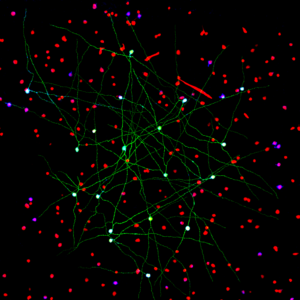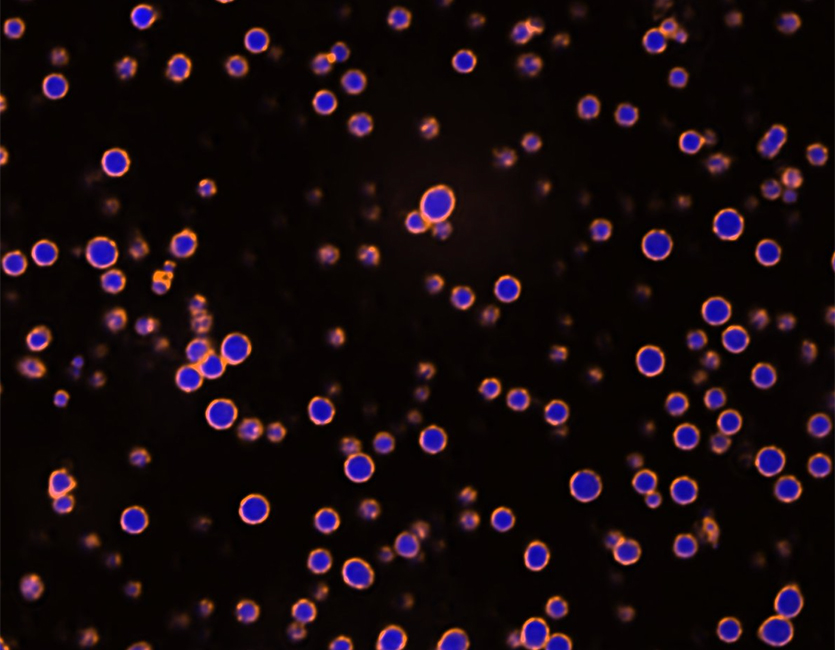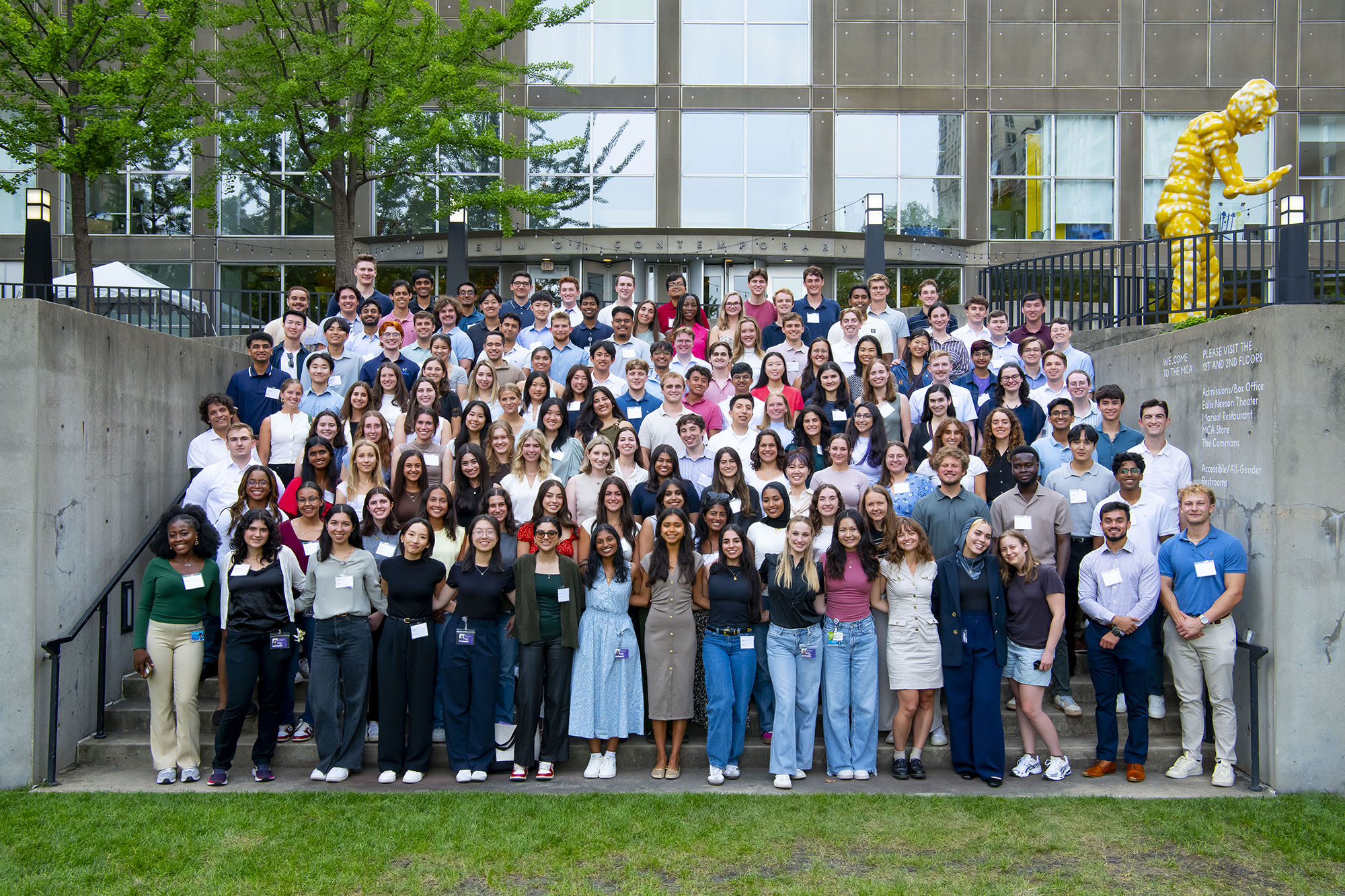Video produced by Sarah Plumridge.
The retina is not simply the innermost layer of the eye; it’s also a tissue with more than a hundred types of neurons that help the brain process visual surroundings.
“The retina we see in textbooks is a glorified camera,” said Gregory Schwartz, PhD, assistant professor of Ophthalmology and Physiology. “But that’s not even close to right. The retina is actually the most advanced image-processing machine in the world.”
With a recent five-year, $2.3 million grant from the National Institutes of Health, Schwartz aims to map out all the neural circuits through which the retina transmits information such as color, contrast, motion, direction and location. His findings could eventually inform clinical interventions for blindness, including sophisticated retinal prosthetics to restore vision.
“We want to reverse engineer the retina in part so that we can help others build an artificial one,” Schwartz said. “To do that, we need to figure out what all the cells in the retina do. Who is wired to whom?”
For example, there are 30 to 40 different output neurons in the retina called ganglion cells that stream information through the optic nerve to the brain, but many of them have not yet been functionally characterized.

“I want to know what kind of information each retinal ganglion cell is carrying,” he said.
Using mouse models, Schwartz’s lab stimulates circuits in the retina using their natural input – patterns of light – to record their natural output – electrical signals from the ganglion cells.
“Stick an electrode anywhere in the brain, and you’ve got a hundred inputs and a thousand outputs. There’s no way you can identify everything,” Schwartz said. “A huge advantage of the retina is that the only important input is light, and the output is all in the optic nerve.”
Working with Amurta Nath, a PhD student in the Northwestern University Interdepartmental Neuroscience Program (NUIN), Schwartz recently discovered orientation-selective cells in the retina – neurons that tell the brain whether an object is oriented vertically or horizontally.
“It turns out there are two types of these cells – there aren’t ones for every orientation,” Schwartz said. “Neuroscientists Hubel and Wiesel won the Nobel Prize for discovering orientation selectivity in the cortex. Now we know that there’s a different parallel stream of orientation information that starts right in the retina.”
Members of his lab have also found cells that decrease their firing based on positive and negative contrast and, in an upcoming publication in Cell Reports, traced a circuit within the retina that is responsible for this property. They’re also on the hunt for cells that detect edges, sharpness and optic flow (patterns of motion).
Schwartz sees multiple applications for the results of his research. He hopes to improve retinal prosthetics – which already exist for some patients, but in crude forms – as well as diagnostics and therapies for impaired vision.
“Knowing more about how retinal circuits normally function will help us intervene when miswirings cause disease,” he said.
Additional members of Schwartz’s lab include postdoctoral fellows Jason Jacoby, PhD, Adam Mani, PhD, and Jillian Goetz, PhD, NUIN student Sam Cooler, Neurobiology graduate student Todd Appleby and lab manager Susan Wohlgenant.
This research is supported by grant 1DP2EY026770 from the National Eye Institute at the National Institutes of Health and a Research to Prevent Blindness Career Development Award.






